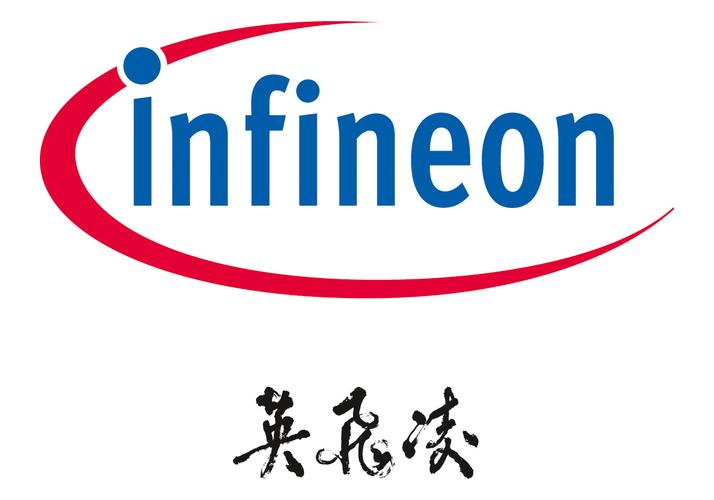
When Does ETH 2.0 Launch?
Are you eager to know when Ethereum 2.0, the highly anticipated upgrade to the Ethereum network, is set to launch? Look no further. In this comprehensive guide, we’ll delve into the details surrounding the launch of ETH 2.0, exploring its significance, features, and the timeline leading up to its release.
Understanding Ethereum 2.0
Ethereum 2.0, also known as Eth2 or Serenity, is a major upgrade to the Ethereum network. It aims to address several limitations of the current system, such as scalability, security, and decentralization. By implementing a new consensus mechanism called Proof of Stake (PoS), Ethereum 2.0 seeks to improve the overall performance and sustainability of the network.

The Timeline
The Ethereum 2.0 launch has been a topic of much speculation and anticipation. Here’s a breakdown of the key milestones leading up to the launch:
| Phase | Description | Launch Date |
|---|---|---|
| Phase 0: Beacon Chain | The initial phase of Ethereum 2.0, introducing the Proof of Stake consensus mechanism and the Beacon Chain. | December 1, 2020 |
| Phase 1: Sharding | This phase focuses on implementing sharding, which will enable the network to handle more transactions and improve scalability. | Q1 2022 |
| Phase 2: Cross-Chain Communication | This phase will introduce cross-chain communication, allowing Ethereum 2.0 to interact with other blockchains. | Q1 2023 |
As of now, the Ethereum 2.0 launch is expected to be completed by Q1 2023, with Phase 2 being the final phase.
Significance of Ethereum 2.0
Ethereum 2.0 holds immense significance for the Ethereum ecosystem and the broader blockchain industry. Here are some of the key benefits:
- Scalability: By implementing sharding, Ethereum 2.0 will be able to handle a much larger number of transactions per second, making it more scalable for decentralized applications (dApps) and users.
- Security: The Proof of Stake consensus mechanism is considered to be more secure than the current Proof of Work (PoW) mechanism, reducing the risk of 51% attacks.
- Decentralization: Ethereum 2.0 aims to increase the decentralization of the network by encouraging more users to participate in staking and validating transactions.
- Energy Efficiency: The transition from PoW to PoS will significantly reduce the energy consumption of the Ethereum network, making it more environmentally friendly.
What to Expect
As Ethereum 2.0 approaches its final phase, there are several key developments and features to keep an eye on:
- Staking Rewards: Users who participate in staking will receive rewards in the form of ETH, incentivizing participation and contributing to the network’s security.
- Interoperability: Ethereum 2.0 will introduce cross-chain communication, allowing for seamless interaction with other blockchains and expanding the ecosystem’s reach.
- Upgrades and Improvements: The Ethereum Foundation and developers are continuously working on improving the network, including bug fixes, performance enhancements, and new features.
As the Ethereum 2.0 launch draws near, it’s clear that this upgrade will have a significant impact on the blockchain industry. By addressing scalability, security, and decentralization concerns, Ethereum 2.0 is poised to become a leading platform for decentralized applications and users worldwide.




